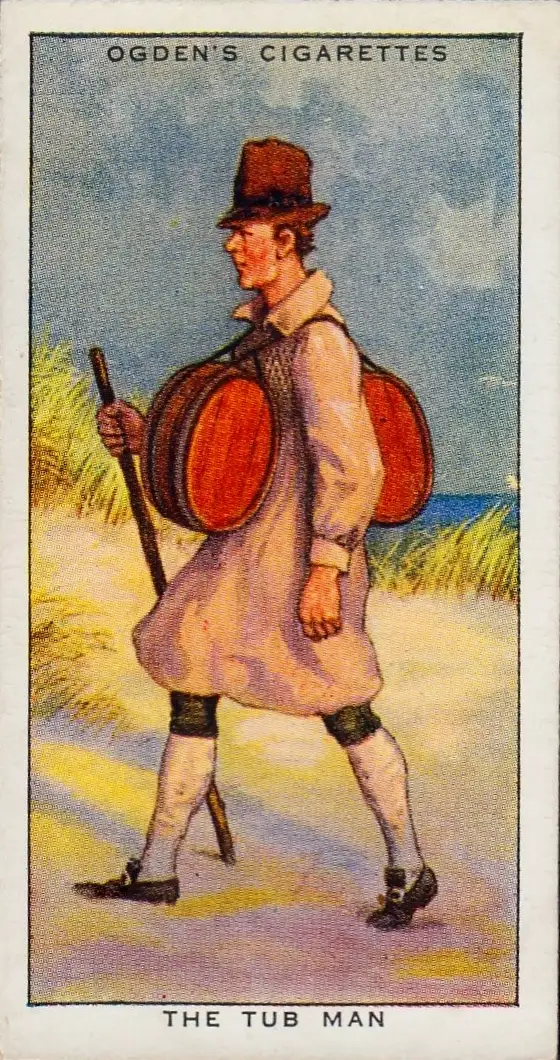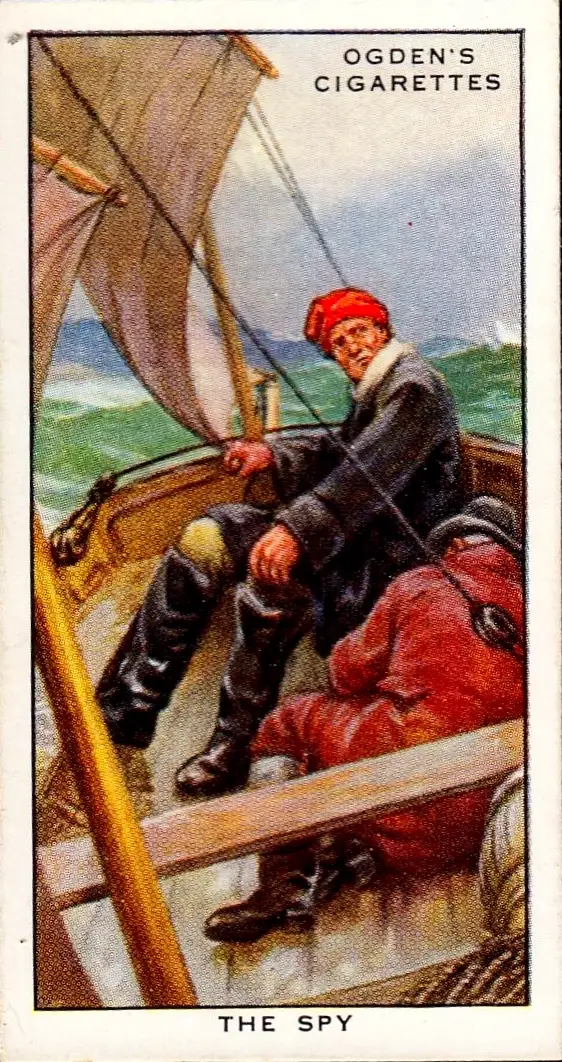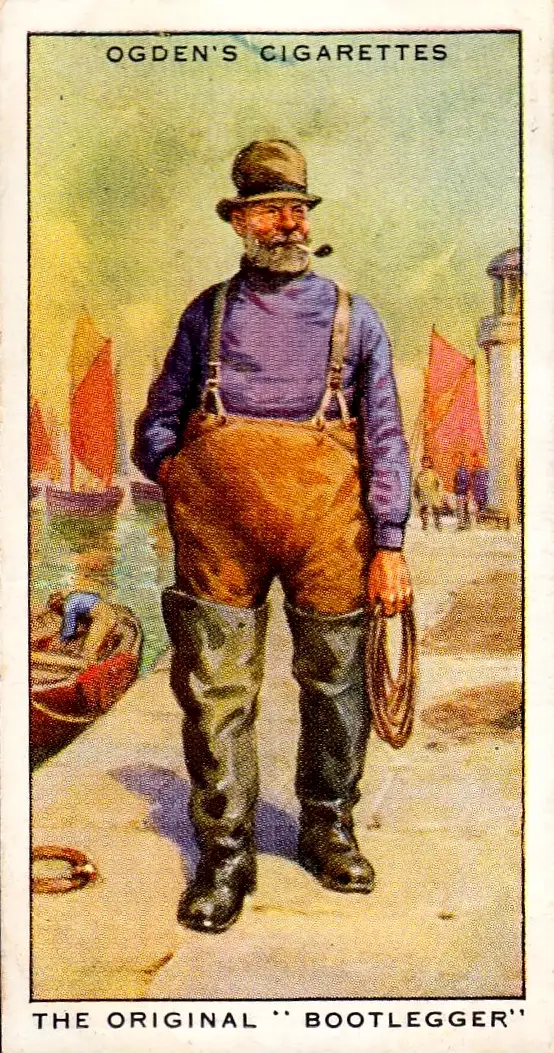OUR
HERITAGE
DORCHADAS
Dorchadas Rum was inspired by tails of our forefathers and their fathers before them. As young men David’s uncle, a local historian (and a man known to scoop as much rum as he could get his hands on) would regale us with stories of times of old.
Tails of sinister clubs, smugglers dens and the dark arts of witch craft steeped our shores in mystery and intrigue as he spun his yarn.
These arcane stories captivated our imaginations, and when Rory inherited a family heirloom it made these stories all the more tangible. The heirloom in question was a flint lock pistol passed down by his great grandfather and It is said (we can’t verify this) the two notches on the barrel account for the smugglers he shot in his pursuits of the men of the ‘Free Trade” during his time as a coast guard, stationed in Anstruther at the turn of the 19th Century.
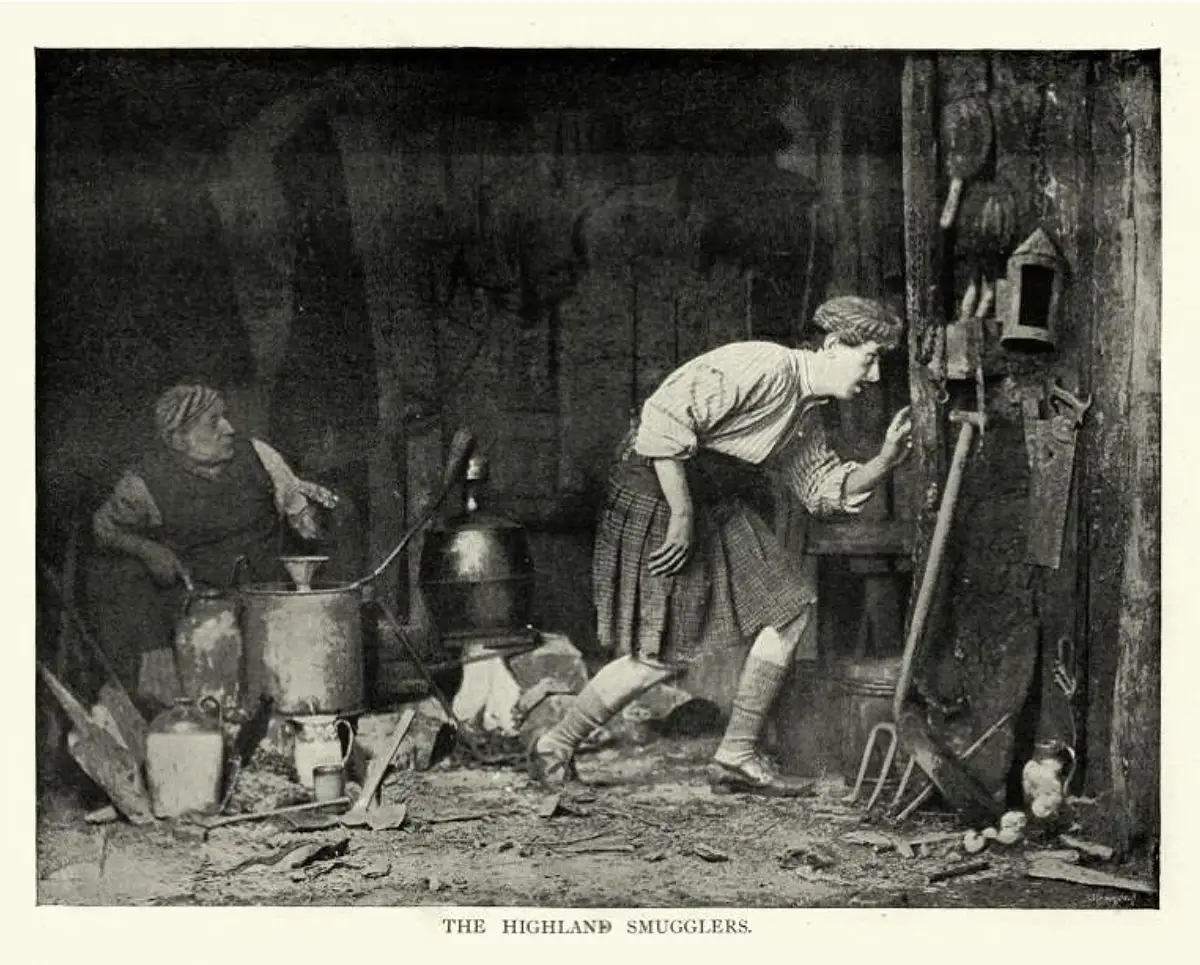

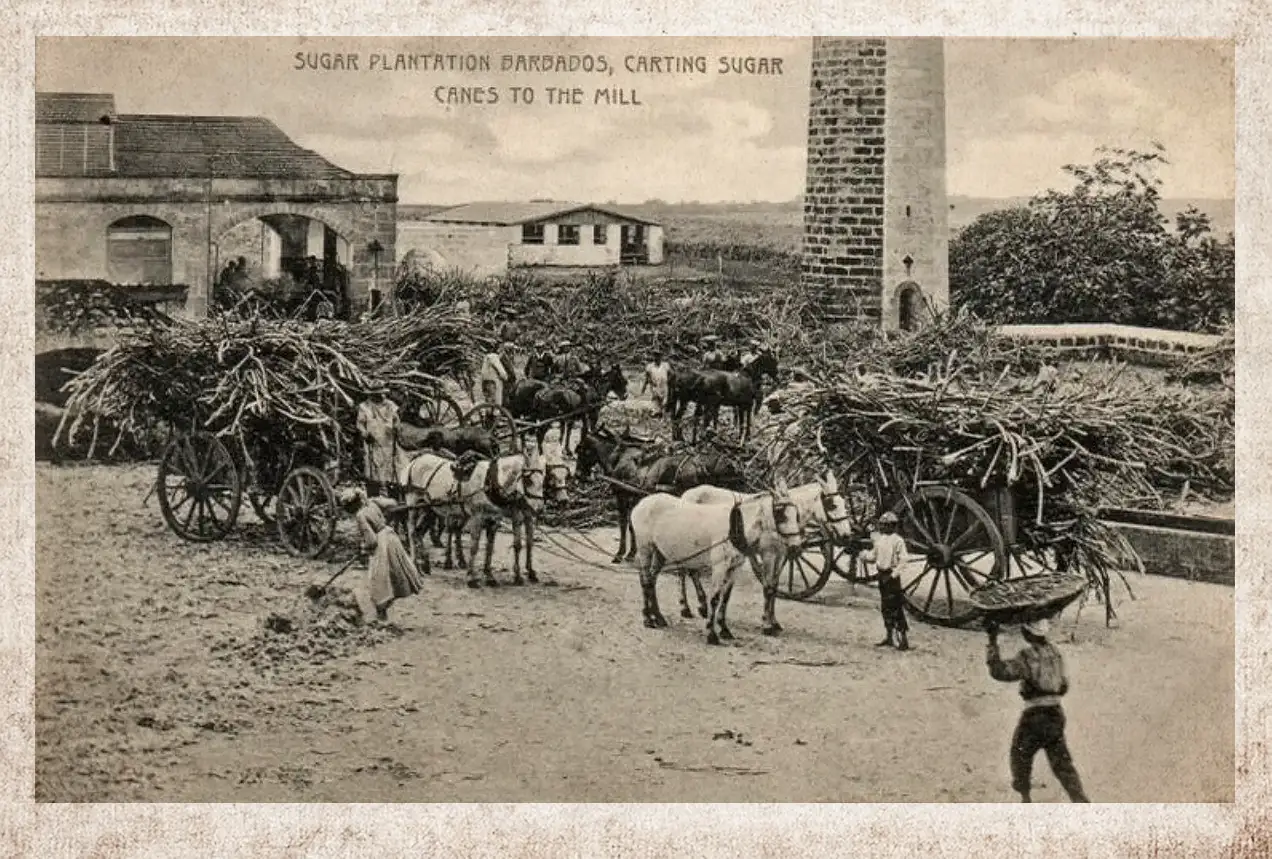
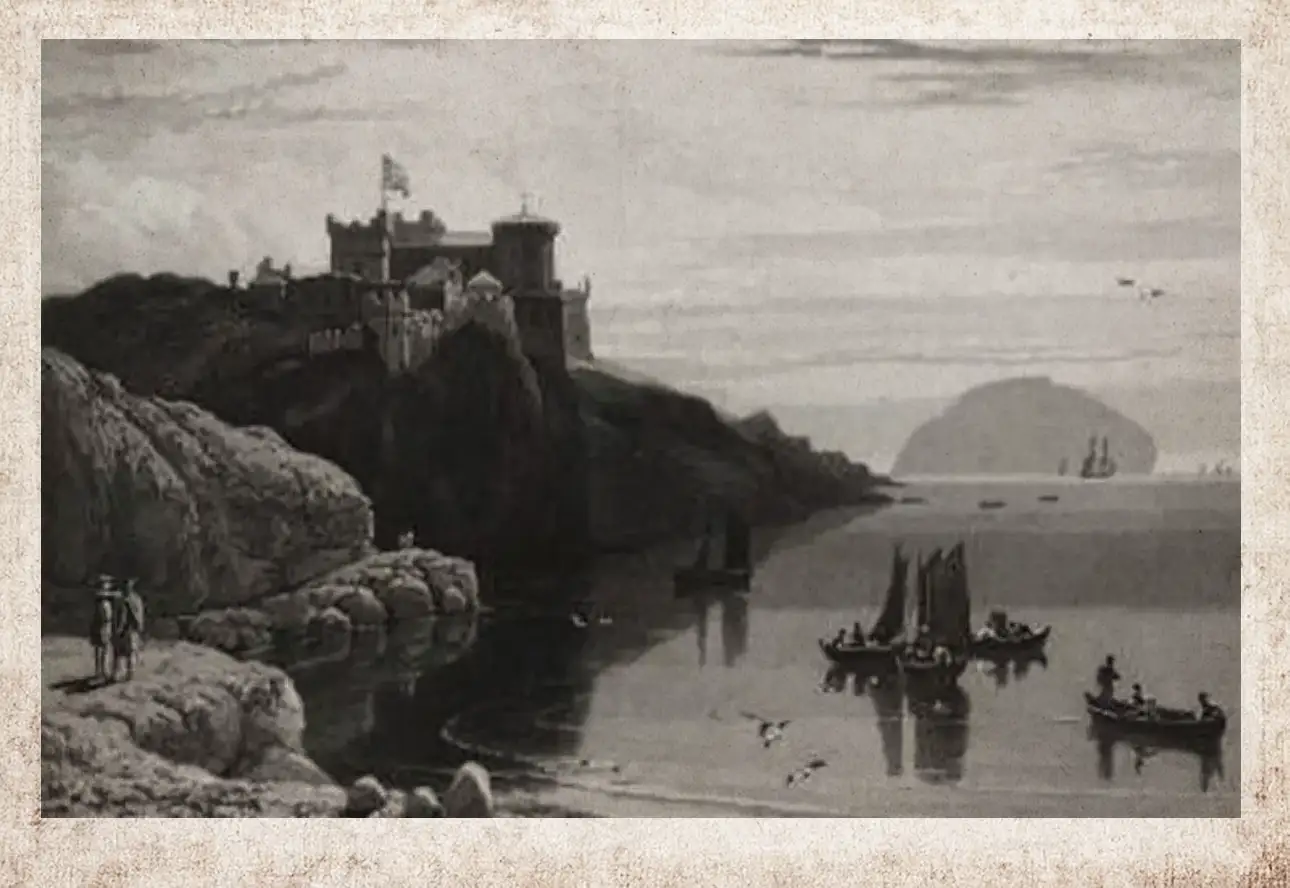
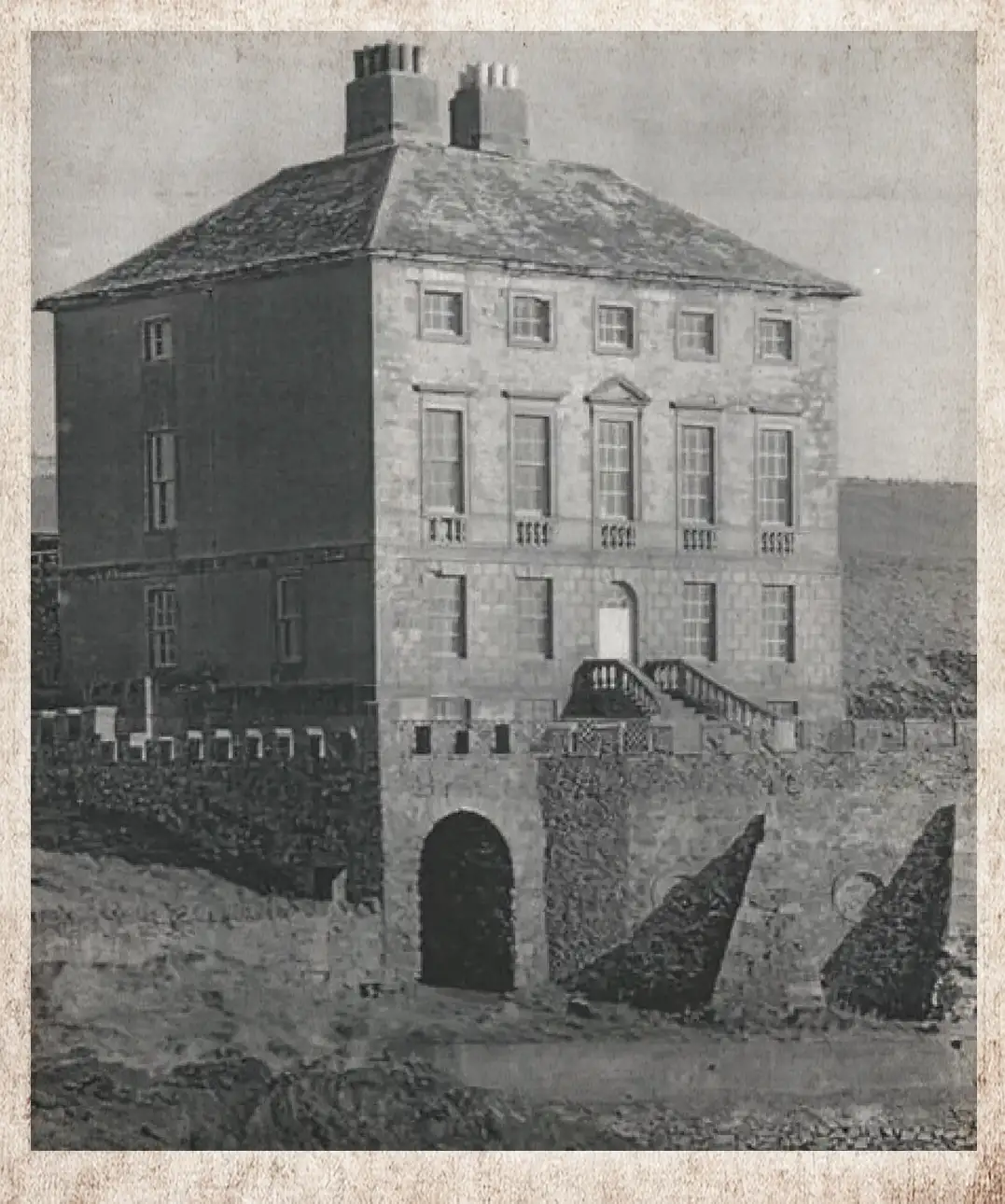
Alcohol in Scotland
The first recorded distillation in Scottish history occurred in 1494 in our very own Fife, at Lindores Abbey in 1494. Distillation of aquae vitae was ordered by royal decree and in the coming centuries the distillation of whisky flourished. So much so that it was first taxed in 1644. This was viewed dimly by the natives as “an unjust aggression on their ancient liberties”, creating a boom in illicit activity that drove distillers underground to avoid the excise man and beginning what became known as the “free trade”.
Like our own national drink, rum has a rich but dark history.
There are many theories as to the true origins of rum, or the fermentation and distillation of sugar cane, but around the same time as whisky boomed in Scotland, in the Caribbean the first recorded production of rum occurred in Barbados in 1650.
The sugar revolution transformed the Caribbean and with it, the distillation of rum grew in popularity. Shrewd plantation owners realised rum was another tradable commodity and in 1733, it was adopted by the navy as a key component in a sailor’s ration. Assuming they had not drunk it all first, for sailors returning to the UK, a cask of rum was a valuable asset to be traded. But with anything that can be traded, it soon gained the interest of dishonest men.
Smuggling became standard practice across Scotland and an engrained part of the culture for over 150 years. The sparse inhabitancy meant for limited returns for their efforts. With duty discrepancies south of the border, the initial ploy to preserve these ancient liberties soon evolved to a national smuggling operation. Vast quantities of whisky was elaborately concealed in coffins, for its journey south of the boarder. With the growing popularity of rum and other foreign tipples this clandestine trade swiftly became a lucrative international business.
On the west coast at Culzean castle, the records show that in 1747 Thomas Kennedy used the caves in the cliff faces below his castle to conduct his highly profitable rum, brandy and port smuggling operations with the Isle of Man, a convenient staging post for late night deliveries.
In Hawick on the East coast, John Nisbet and Gunsgreen House became notorious for their smuggling antics. A network of caves and chutes were embedded into the design of the house by the famous architect John Adam, these trap doors were all at Nisbets request to facilitate his clandestine operation.
The East Neuk
The East Neuk was no stranger to these nefarious activities of smugglers, its separation by the firth and remote location made for a perfect landing point. Dark nights and bad weather were the preferred conditions for those looking to avoid detection. Cutters the boat of choice for their speed and manoeuvrability were often painted black to avoid visibility in the moon light. Their size made them poorly suited for the treacherous conditions creating myths and legends of the sea fairing skill of their captains.
Spots men would give their signal that ‘the coast was clear” and the crew of the cutters would hastily make their way to shore. Tub men waiting on the beach, would collect 2 kegs called half ankers from the cutters crew and run up the sea buckthorn covered sand dunes to the waiting gangs for transport in land.
The East Neuk’s coastline was not only a great landing point but its many natural caves also made for the perfect spot for those needing to lay low or store their illict goods.
St Fillians cave in Pittenweem was once only accessible by boat, made famous by its name sake but for a time was also used by smugglers to store their casks. Our neck dressing is a homage to another popular tactic of the day, casks were sank to the sea bed, disguised as lobster creels they would be retrieved when convenient.

And in Anstruther it is said that on a high tide and under the cover of darkness, small boats would make their way up the burn and deliver directly to the Dreel Tavern. The secretive riverside hatch is long gone but you can still find the trap doors in the sea walls of the old houses of Elie used to replenish their cellars.
Armed with this knowledge Dorchadas Rum was born – (Dur – U – KUDUS , Dark, Mysterious, Arcane) A celebration of heritage, provenance and innovation.
